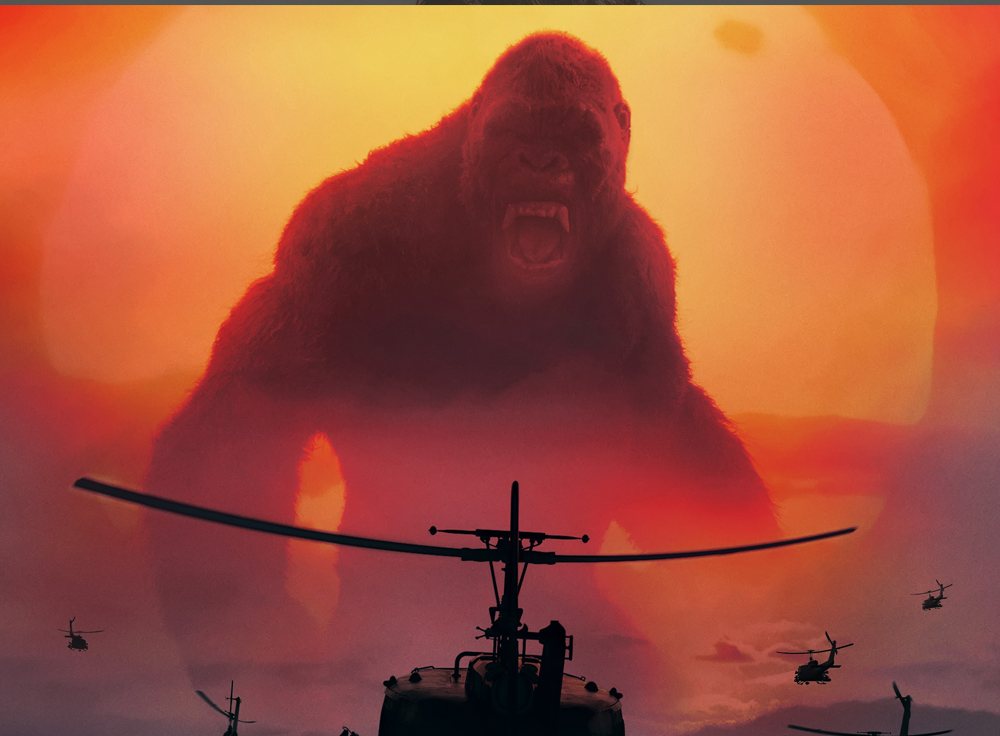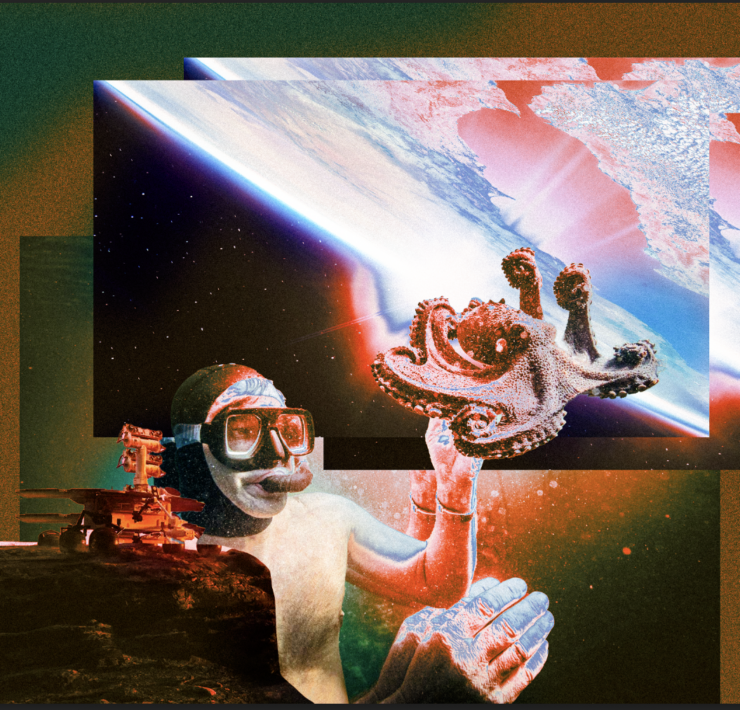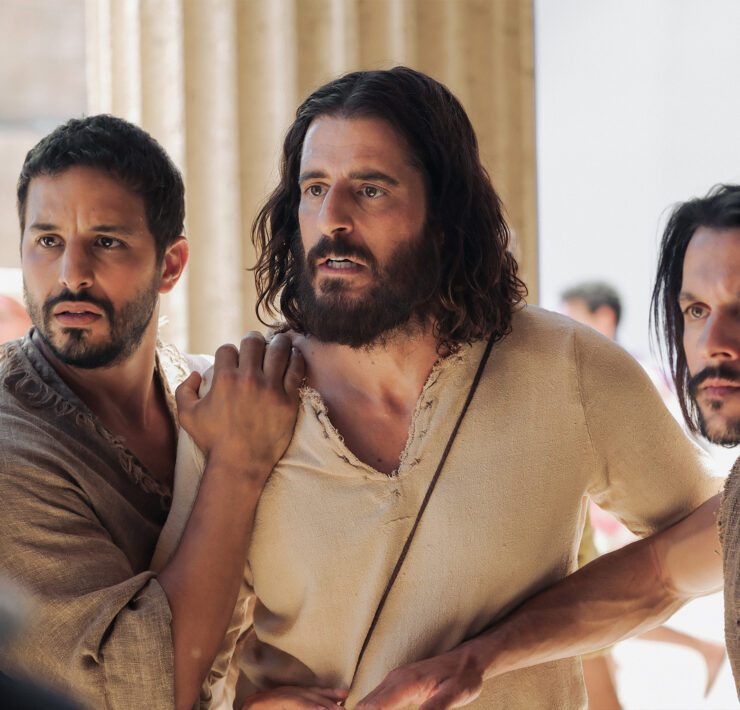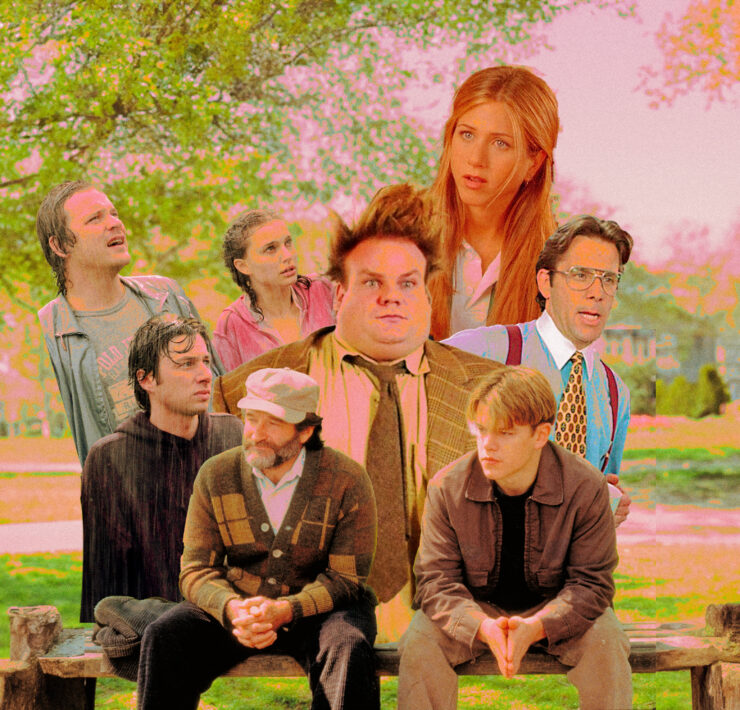
To the average viewer, King Kong is not exactly philosophy. Monster grabs planes and helicopters and smashes them together like a toddler playing with blocks. Monster develops odd fascination with female lead. Good guys kill monster.
Since 1933, the massive and misunderstood gorilla has starred in 12 films, to widely varying results. The most recent version brings together A-listers Tom Hiddleston, John Goodman, Samuel L. Jackson and Oscar-winner Brie Larson for yet another telling of man vs. monster. It’s far from a perfect movie, but it does get one thing right: The film redeems one of the most historically racist stories in American culture.
A Monster Movie in the Vein of Birth of a Nation
If you’re of the opinion that movies are entertainment and nothing more, not swaying the public conscious one way or another, the KKK in the early 20th century would beg to differ. D.W. Griffith’s 1915 silent film The Birth of a Nation is credited with kicking off the “second era” of the Klan and increasing support, interest and membership for the white supremacist organization.
Clocking in at three hours—unprecedented for a silent film—Nation was one of the low points of American culture. The New York Post describes the final scenes:
[lborder]In a climax that had 1915 audiences on their feet cheering, sheet-wearing ex-Confederate soldiers-turned-vigilantes rescue a white woman (Lillian Gish) from a sex-crazed black militia with the help of Union veterans—“former enemies united in their defense of their Aryan birthright,’’ as a title card that draws gasps from audiences today puts it.
[/lborder]Fortunately, King Kong creator Merian C. Cooper wasn’t a white supremacist like D.W. Griffith. Cooper was a bit of a real life Indiana Jones. In 1916, at the age of 23, he was chasing Pancho Villa through Mexico. A year later, he was serving as an American pilot in WWI when his plane was shot down. After that war ended, Cooper returned to Europe to help Poland fight the Soviets and was again shot down.
Nine months later, Cooper escaped from a Russian POW camp and was awarded Poland’s highest military medal. He returned to the U.S., and took a job as a writer with The New York Times, which led to a two-year tour of Asia on writing assignment. In typical Cooper fashion, he survived an attempted pirate attack on the ship he was traveling on.
Unfortunately, although not an outright racist, Cooper openly looked down on “uncivilized societies,” as biographer John Michelin observes:
[lborder]There’s passages in some of Cooper’s memoirs, where he’s describing a native village, and because he’s the white man from an industrialized civilization, he says he’s just going to confront the leader of this entire village and basically dress him down like he’s a child in front of his whole tribe. If you happen to take their object of worship away, that’s just your right, because you came from an industrialized civilization. There was never any question about that at all in the first film.
[/lborder]Cooper penned the script for King Kong after having a dream that a giant gorilla was terrorizing New York. True to his views of native people, the original story portrays the natives of Skull Island as barely human, but Cooper never intended for the story to have a broad political message.
It was the audiences who assigned a racist allegory to the film. King Kong used groundbreaking stop-motion filming techniques to bring the giant gorilla to life, a realism so terrifying to audiences at the time that some viewers actually fled the theater.
At the end of the film Kong is killed by a group of brave fighter pilots, freeing his hostage, played by a very pale, very blond Fay Wray, the epitome of 1930s beauty standards.
Despite Cooper’s intentions, the public assumed Kong was a stand-in for racist ideas about black men and interracial relationships, and the protagonists of the story vanquished him for it, just like in the conclusion of The Birth of a Nation.
A Redemptive Re-Re-Re-Telling of Kong
At this point, Kong is as much a part of the American pop culture canon as Luke Skywalker, Frodo Baggins and Spider-Man. The character has lived on for nearly 100 years, and just got a reboot from Lord of the Rings director Peter Jackson in 2005, a three-hour epic starring Jack Black. So it’s unclear why Hollywood deemed the moviegoing audience to be ready for yet another relaunch of the Kong franchise, with yet another retelling of the massive primate’s origin story.
In this version, set in 1973, Vietnam vet James Conrad (Hiddleston) and war photographer Mason Weaver (Larson) are recruited to join researchers Bill Randa (John Goodman) and Houston Brooks (Corey Hawkins) on an exploratory expedition to Skull Island, which had previously escaped discovery due to being surrounded by a continually swirling storm.
Our heroes are escorted onto the island by the Sky Devils, a squadron of helicopter pilots unhappy with the end of the Vietnam War and looking for one last thrill ride before shipping stateside. The motley crew arrives in a helicopter convoy that awakens Kong, the gargantuan king of the island, who (finally) isn’t a racial stereotype.
Kong: Skull Island turns its title character into something more complex, a guardian of the island and its tribe of native people from forces even more terrifying.
The modern retelling also drops the gender stereotypes of the 1933 film, where Fay Wray’s only real job was to be sexy and terrified. Instead, Larson, the lone woman in the tale, is able to flesh out a female lead who has both courage and political opinions, who inhabits the story for a purpose other than to wear a low-cut top and shriek in horror at a villain.
The whole thing almost works. The pacing is just right for an adventure film, with harrowing escape after spine-tingling battle. Tom Hiddleston nails his performance as a cagey, war-grizzled renaissance man, an updated real-life Cooper. John Goodman and John C. Reilly bring heaps of hilarity. And the CGI is just beautiful. Visually, this is one of the most stunning movies in recent memory.
Only when the camera turns to Samuel L. Jackson’s phoned-in delivery as a military commander hell bent on revenge does the story stumble.
Director Jordan Vogt-Roberts, who had previously helmed indie darling The Kings of Summer and not much else, tries to shoehorn in a “war is hell” message that just doesn’t fit the narrative and a dose of global warming on top of that. Film buffs will likely find the forced references to the 1979 Vietnam War film Apocalypse Now to be annoying. The average viewer will just be confused at times.
At times, Kong: Skull Island is a bit like oysters on a pizza. Disparate influences are forced together into an action movie-think piece-environmentalist rallying cry concoction that just doesn’t go down quite right.
If you like big, shiny action movies, you’ll still have a great time with Kong. If not, it’s probably safe to skip this one all together. It’s not a movie that’s going to win over non-genre fans, due to the muddling of the messages.
Still, it’s satisfying to see King Kong become a better version of an American icon, and step solidly away from the racist past of the franchise.





















